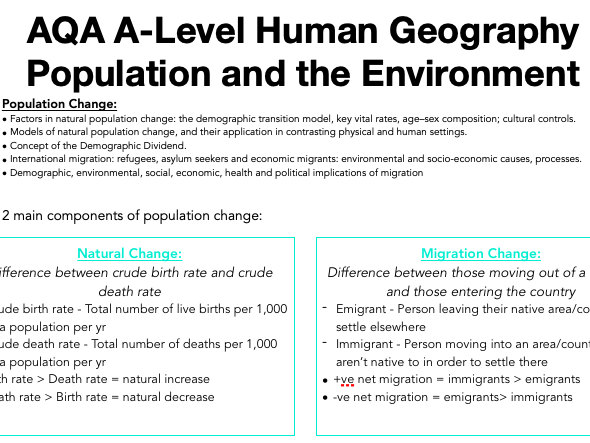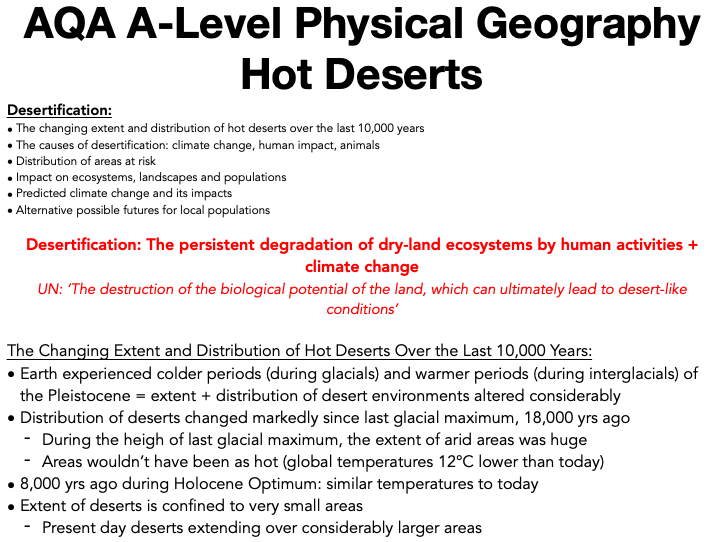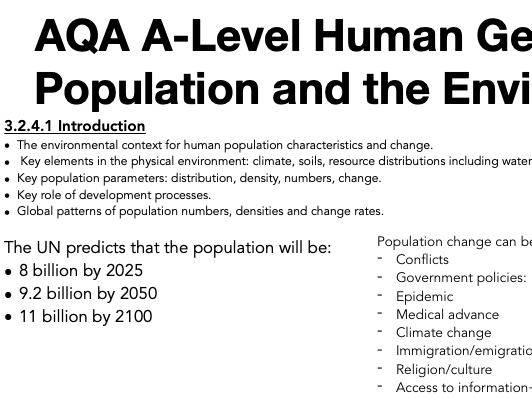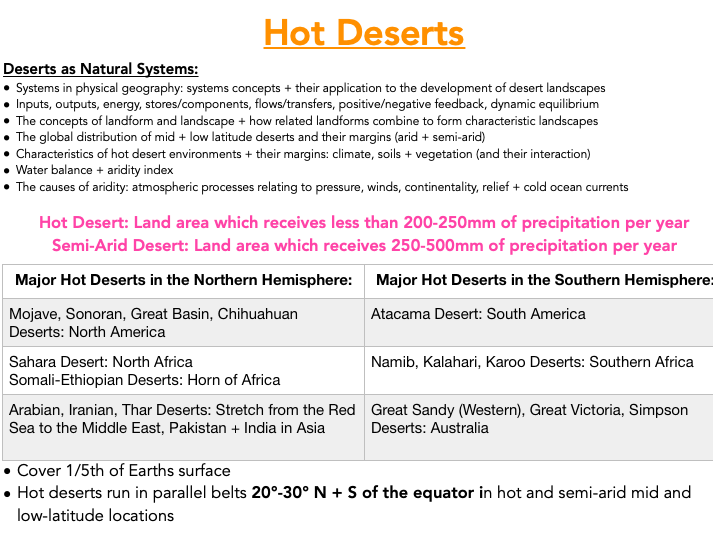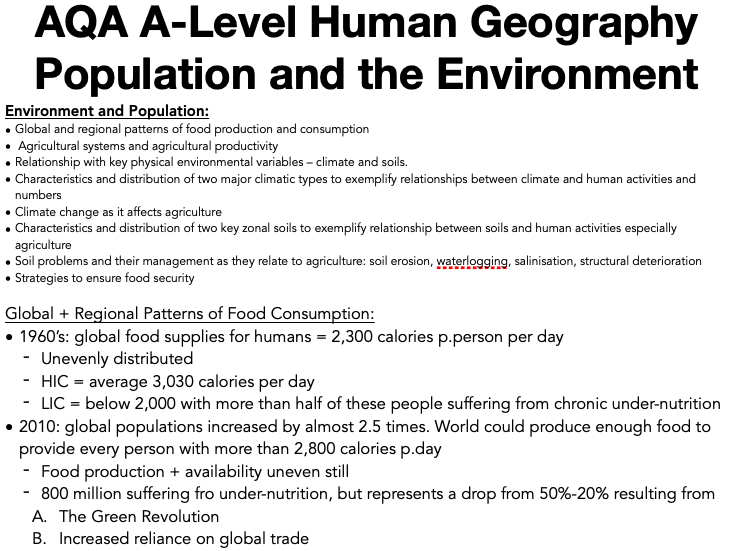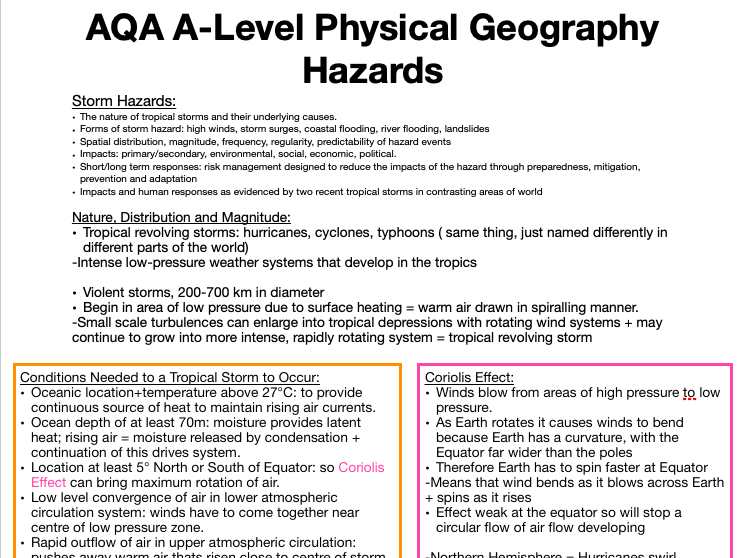Resources by Alice
APPLE PAGES FORMAT! These were my revision notes I used for my A-Level Geography, where I attained an A grade. Please note, I used this as my basis for revision, and condensed these to flashcards, mind maps etc as part of my revision process. Format: Apple Pages





